Fixing Baltimore: Fixing America
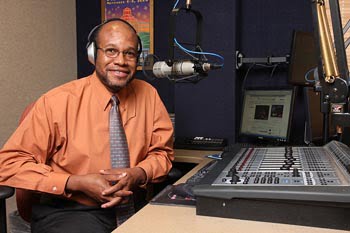
by Errington C. Thompson, MD
Freddie Gray was a 25-year-old male who lived in the inner city of Baltimore.
He is also, sadly, the latest in a long list of unarmed black men who have been killed, injured, or maimed at the hands of police.
By now, we all know the story: Freddie Gray was brought in by police. He ran, and he was apprehended. We have video of him under arrest and handcuffed.
It is at this point that Freddie Gray asked for medical attention; the officers appear to have ignored his request. The video shows him being bodily carried between two police officers with his legs dragging the ground.
Mr. Gray is placed in the police van, but not buckled in place. He is driven around for approximately 30-45 minutes—on what has been referred to as a “rough ride.” At this point he requires medical attention: He’s not breathing right; he’s not moving. In fact, he has sustained a spinal fracture. He is taken to the hospital where, several days later, he dies.
Many questions remain unanswered, and U.S. Attorney General Loretta Lynch, as well as the Maryland State’s Attorney for Baltimore, Marilyn Mosby, have promised to investigate. Why did the police want to question him? Why didn’t Mr. Gray get medical attention when he first asked for it? Why wasn’t he taken directly to the police station? Why wasn’t he buckled into the van? Let us hope they address all these questions.
Before they were even raised, however, following Freddie Gray’s funeral, violence broke out in Baltimore, with looting, stores burned, cars destroyed. Why?
The big picture
First, let’s acknowledge that, like many young black males, Freddie Gray had multiple run-ins with the law. For anyone who understands the context of that fact, it is easy to understand why he thought running was his best option. For those who don’t know the context, we need to step back and look at the big picture.
Why were the police arresting Freddie Gray in the first place? Well, let’s look back at this concept called the “broken-windows theory” of policing. In New York City in the mid-1990s, Mayor Rudy Giuliani publicly embraced the broken-windows theory, which asserts that if you crack down on every crime, every time, no matter how petty, you will bring down all crime.
So, “New York’s Finest” started arresting people for jaywalking, jumping turnstiles, and sleeping in the parks. And many if not most of the people they arrested for those petty crimes were poor, homeless, unemployed, and non-white—the sort of people who already don’t fit into, or have much access to, society’s norms of a nice home, a good job, a supportive family, a positive future to look forward to.
The policy spread to police departments all over the country, and over time, it led to such travesties as the “stop and frisk” program in New York, which basically targeted any young black male for “suspicion” of possessing drugs and/or weapons. Approximately 85% to 90% of those stopped were completely innocent according to the ACLU of New York, but the policy persisted for decades, branding the victims with arrest and often felony records.
A felon on every corner
Personally, I don’t think that this type of policing works. Arresting everyone in a community for minor crimes turns everyone in that community into a criminal. It alienates the poor communities that are targeted for these police dragnets, and unavoidably develops an antagonistic relationship with the local community.
What is needed instead is to have a police force be our partners in reducing serious crime: life-threatening crimes against people, like murder, mugging, rape; debilitating crimes against property, whether breaking and entering or rip-off loan-sharking; and crimes against society ranging from corporate and bank fraud to red-lining, profiteering, and college loan scams. What is needed, desperately, is to have our police serve and protect … us. All of us.
Rioting
To my mind, the rioting in Baltimore was a direct result of frustration in the African American community. Unemployment is high, opportunities are few, and the future is bleak. So a large group of people who already have absolutely no part of the American dream are slapped in the face with another senseless killing of one of their own. Naturally enough, their frustration boiled over.
This isn’t just a Baltimore problem, it’s an American problem. It exists in Detroit, St. Louis, and many other major cities. Good jobs have disappeared, sent overseas to take advantage of cheap labor while the companies’ CEOs have doubled, tripled, or quadrupled their own pay. With those jobs has gone the municipal tax base, leaving cities and states without the resources to provide good schools, affordable housing, safe streets, and a whole range of services and support. Opportunity, hope, even dreams have disappeared.
But this overall problem of urban decay did not start yesterday, and it won’t be fixed by tomorrow. It’s going to take a huge concerted effort, determination, time, and vast amounts of money—money that one faction in American politics vehemently opposes spending—to fix our major cities.
So what do we need to get there?
Jobs
We need well-paying jobs. Once American businesses decided to ship manufacturing overseas—after tax-law changes of the 1980s and ’90s made it legal and profitable—the decay of our major cities accelerated. We need to make stuff again, here in the United States. We need to enact policies that bring manufacturing back.
This is the only way that we’re going to shore up the middle class. We, as a nation, can no longer accept excuses or inaction from Congress or our local state legislatures. We need action now! We need to enact an import tariff making it more expensive for manufacturers to bring foreign goods back into the United States; tax laws that encourage domestic manufacturing rather than rewarding companies for offshoring their factories (and hiding their money overseas); wage scales and income tax rates that reward the workers who improve productivity rather than their bosses who benefit from it.
Housing
We need adequate housing. It was never a good idea to place large numbers of people in small, confined areas—especially when those people are poor and unemployed. This is a recipe for disaster. We need to build affordable, low-income housing in sustainable communities. We need to have grocery stores, pharmacies, and other amenities close at hand. There need to be green spaces where kids can run, play football, soccer, baseball, and basketball, and families can relax, picnic, and enjoy (and learn about) nature.
Transportation
We need adequate transportation. In many cities, public transportation is an afterthought. As we spread out into sustainable communities, there must be adequate transportation into cities that offer good jobs. We can no longer rely on individual cars as the only way of transportation into and out of our cities. We need green buses, trains, subways, and any other ways that we can effectively move Americans.
This must be affordable—and supported by taxes on those who can most afford it, including oil and energy companies that benefit from government subsidies, protection, and special benefits. (Ever heard of oil extraction or severance tax credits?)
Wages
We need adequate wages. Since the late 1970s, wages have been stagnant, in fact they have actually fallen relative to the cost of living. While many pundits whine that Americans are spending too much, in reality they are making too little. We’ve made up for the loss in our incomes with easy credit. The result is, we’re drowning in debt.
American companies are making more money than ever before, but unlike the “American Century” — 1945-1980 — those profits are being shared exclusively among corporate executives and shareholders, not with their employees.
Why? There were laws passed in the 1980s as part of the Reagan “revolution” that specifically enabled companies to do so, even requiring them to make profit to shareholders the only criterion for decision-making. Any other business decision, including societal benefits, employee needs, and profit-sharing, are now eliminated from boardroom planning.
We need strong unions to reverse this trend. We need legislation that supports strong unions. We need to reverse the 35-year trend of deliberate union-busting by corporations and the U.S. and state governments. We also need to end gender discrimination and racial discrimination in hiring, promotion, and benefits.
Education
We need education to be affordable. In the 1970s and early ’80s, and briefly in the 1990s, we invested in education. State colleges were affordable for everyone. Since the Reagan revolution states have dramatically decreased their support for education. Tuition has skyrocketed, educators have been demonized, and powerful interests have replaced the search for knowledge and the acquisition of critical thinking skills—now considered “frills”—with a focus on trade school-type learning.
Making America great again
We have to reverse this trend. We have to invest in educating the American public to learn how to learn, how to think, how to communicate and work together as we did after World War II. The GI Bill and strong unions created the greatest opportunity and the most knowledgeable, accomplished, successful middle class in world history; their elimination over the past 35 years has led to a society more stratified than any since the Gilded Age and the 1920s. We have to take the initiative to create a strong, thriving American middle class once again.
These are just a few of the “obvious” steps that we need to take in order to fix America. Please, don’t let anybody tell you that we can’t do this. We did it before. This is how America became great during the late 1940s, ’50s, and ’60s. We massively invested in the middle class. We can and must do it again—or we will see more riots like we did in Ferguson and Baltimore, and they won’t be confined to the poorest inner cities.
We can do this. To save America the Beautiful, we must.

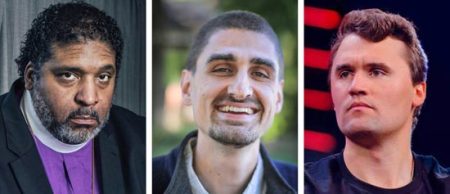
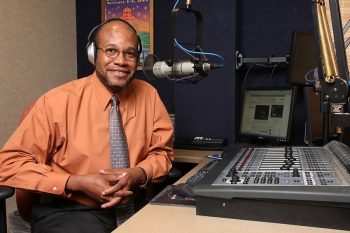

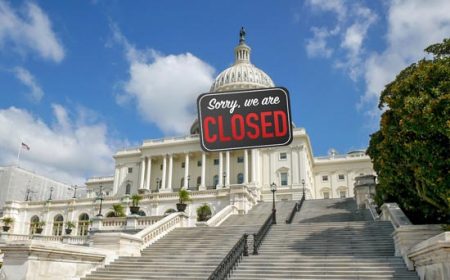
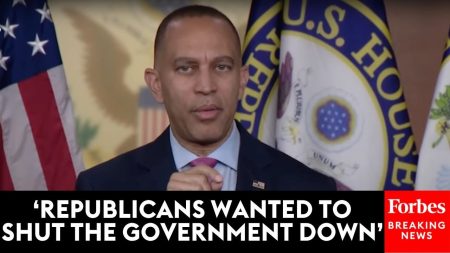
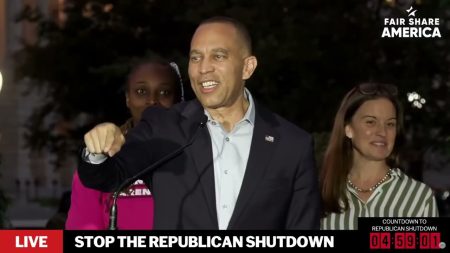
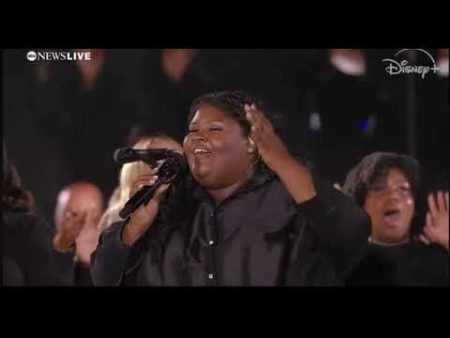
I have been thinking that perhaps progressive cities like Baltimore and Asheville should simply wash their hands of this problem by transferring all city police funding to affordable housing.
I wrote on Buncombe Politics that friction between police and public housing residents was inevitable and could never be resolved because they were in direct competition for the exact same funding dollars. Funding is absolutely a zero sum game and I am for housing and must therefore be against police (and childcare and every other budget item.) So I can hardly even imagine a world where such budget based rivalry would not exist. Armed citizens, deputies, state troopers and FBI combine to provide plenty of law enforcement while housing funds effectively reduce desperation related crime. Also, by defunding, bad cops can be layed off subjectively without provable cause, thus bypassing the police unions and civil service board.